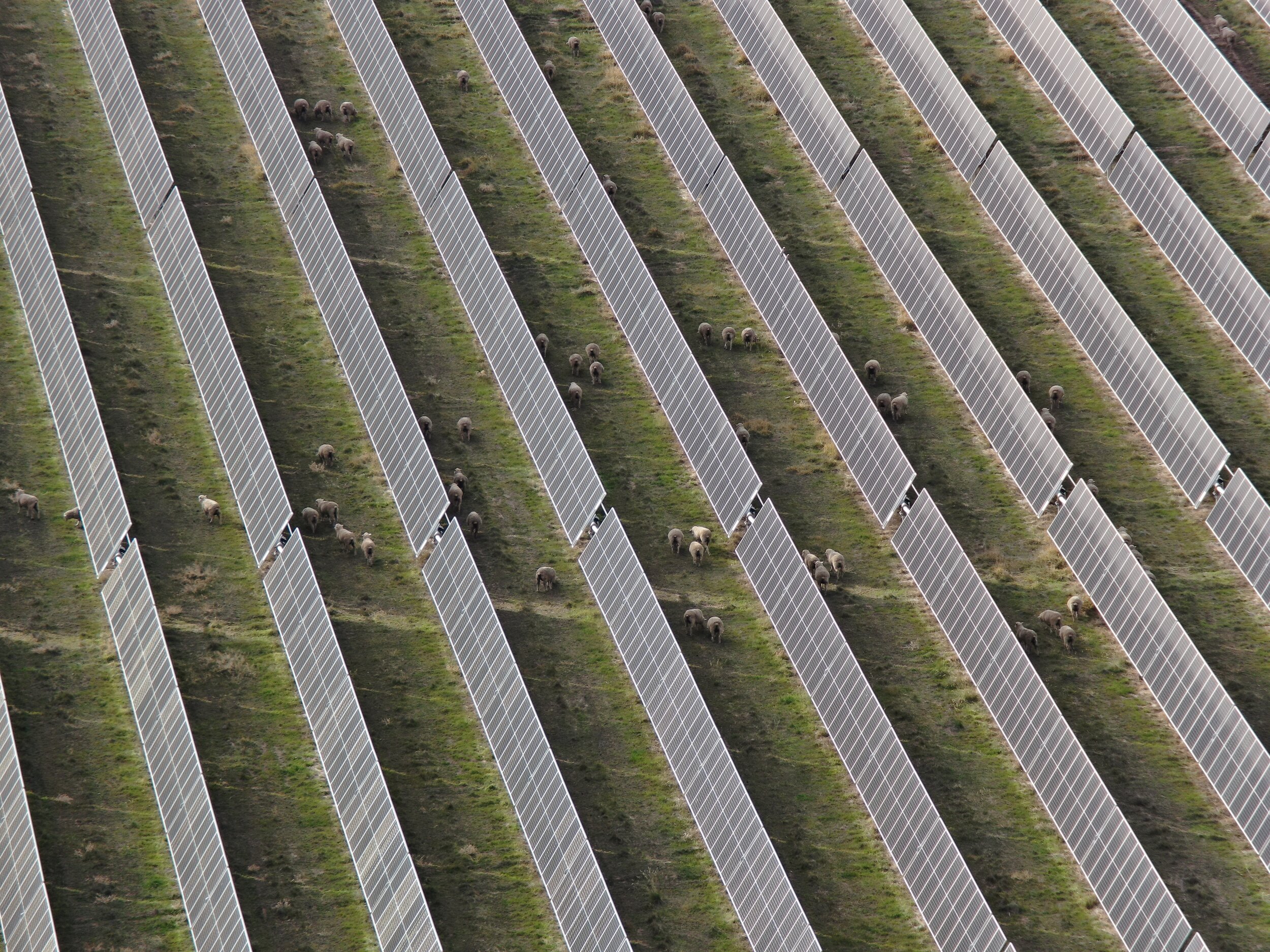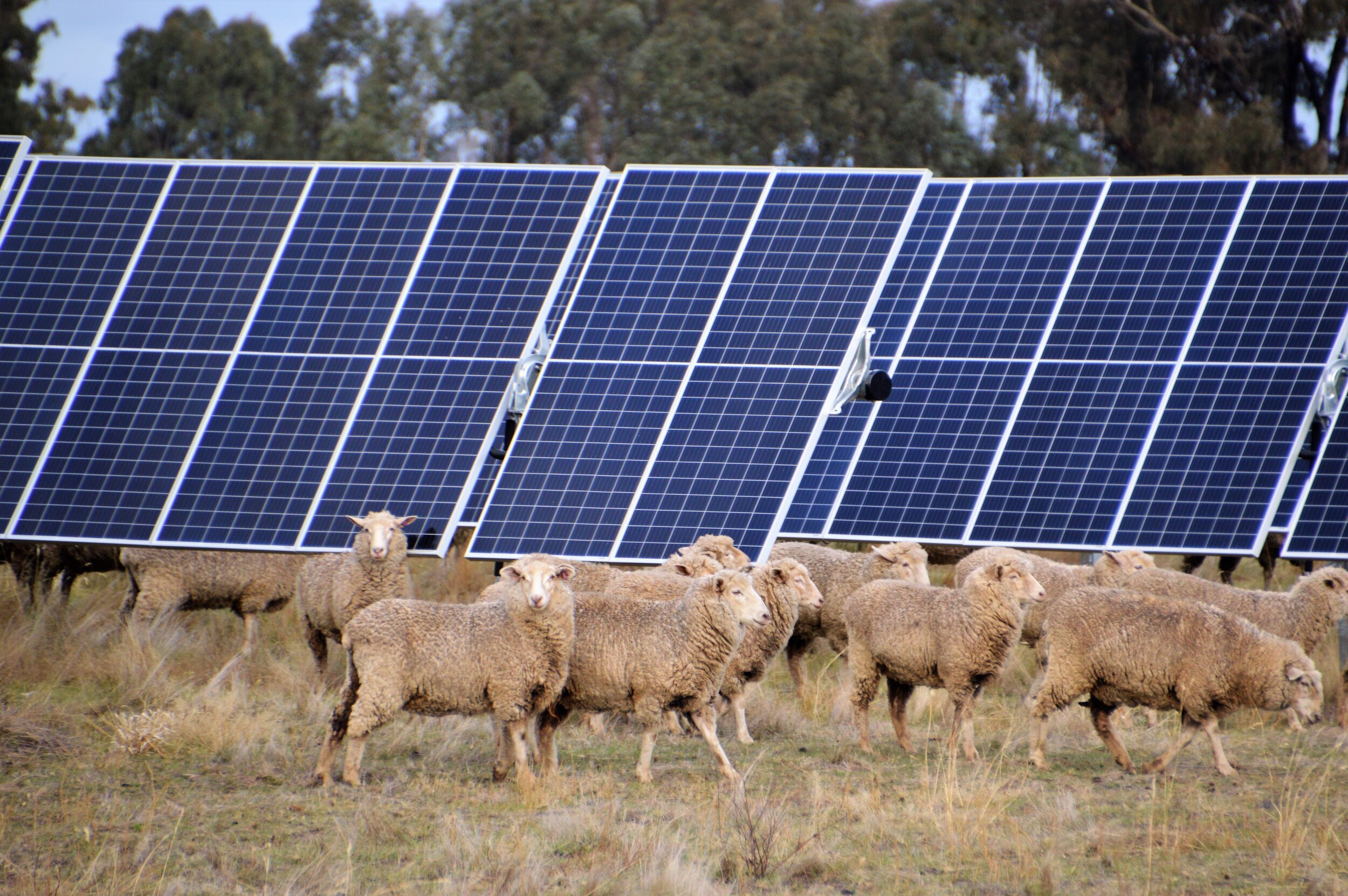
Barnawartha Solar and Energy Storage
The Project will supply electricity generated from solar irradiation into the NEM and is expected to have an installed capacity of up to ~64 Megawatts (MW), with ~64MW of battery storage located on the site. The facility will generate enough electricity on average to power ~20,000 Victorian homes per annum resulting in a saving of over ~135,500 tonnes of CO2 emissions.
Barnawartha Solar and Energy Storage Location
Barnawartha Solar and Energy Storage Concept Design
Site Selection
The site has been selected for the Project due to its favourable levels of solar exposure (estimated to be approximately 17.3 (MJ/m2) daily) as well as the following site conditions:
The topography is relatively flat and clear of vegetation, ensuring a straightforward and efficient layout, construction and ongoing maintenance process.
The site has direct access to the existing transmission line and the existing road network.
The Project will not result in the loss of high-quality agricultural land as identified in the Agricultural Impact Assessment.
There are a limited number of sensitive receptors (such as residential dwellings) in proximity to the site.
The limited amount of vegetation on the site means that the Project does not require major vegetation clearing.
There is a mixture of land uses in the wider surrounding area, as well as non-agricultural built form.
Generally, solar developments are compatible with farming regions and can co-exist with existing agricultural operations adjacent.
Planning Permit Link
Please click here to view our issued permits in the Ministerial permits register.

Construction Timeline
Community
Gentari Solar Australia is committed to engaging respectfully with the local and regional community, including First Nations people, communities, and businesses.
Our team welcomes all feedback received from community members and landholders. Open, ongoing, and accessible communication ensures that projects are developed with consideration for local and regional feedback. Importantly, it also assists in delivering the best outcomes for the region.
In December 2024, the Barnawartha Solar and Energy Storage Project was selected as one of the successful projects in Tender 1 of the Capacity Investment Scheme (CIS). The CIS is an Australian Government initiative that aims to encourage investment in new energy generation, such as wind and solar, and dispatchable capacity, such as battery storage.
As part of the Scheme, Gentari Solar Australia has committed to working with the community to deliver broad economic and social benefits. These proposed initiatives cover a range of areas and are aimed at supporting regional economic development, improving community connection, and boosting resilience and innovation. A detailed list of commitments, which form part of the CIS, can be accessed here.
To learn more about the Project, call us on (02) 8405 7963 or via email at community@gentari.com.au.


